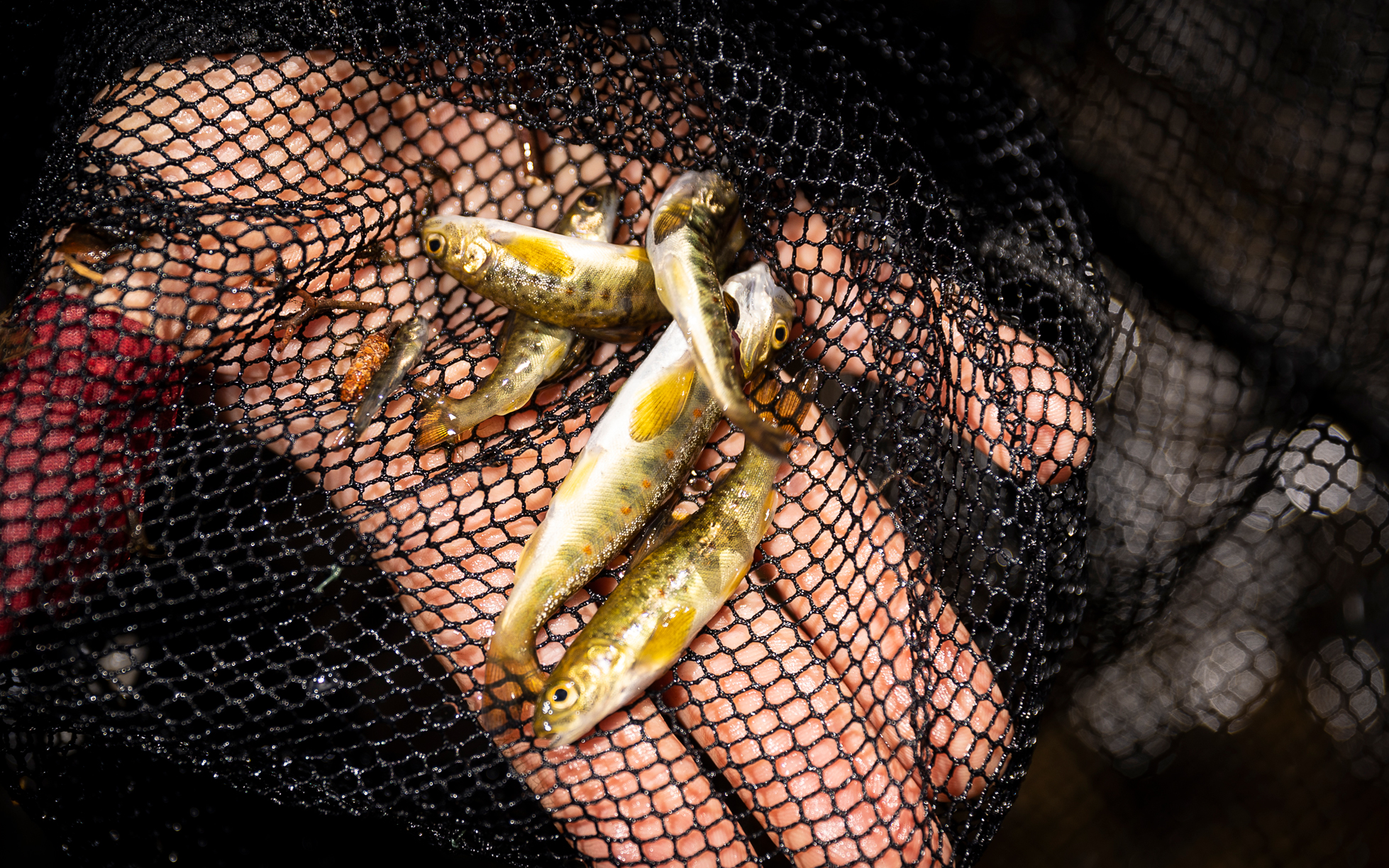River Bräkneån
Higher ecological status
River Bräkneån is located in south-eastern Sweden and flows into the Baltic Sea between Karlshamn and Ronneby. In Blekinge County, River Bräkneån is a Natura 2000 site. River Bräkneån has a moderate species richness of benthic animals and fish, with 16 known fish species, including trout, river lamprey and eel. It is also home to the freshwater pearl mussel and the thick-shelled river mussel. However, mussel reproduction is very limited, which threatens their survival in the river.
Ecological challenges and restoration needs
River Bräkneån have varying water conditions. In the northern part, stagnant water dominates, while the southern part in Blekinge County has more flowing water.
During dry periods River Bräkneån has very low water flows. The landscape upstream of Lake Tiken is heavily drained and the existing dam at the lake is poorly designed. This leads to high flows in winter and low flows in summer during droughts, which negatively affects the whole ecosystem.
The river also contains several small-scale hydropower plants and other migration barriers that impair connectivity and negatively affect species such as fish and mussels. Therefore, River Bräkneån has only a moderate ecological status according to the EU Water Framework Directive.
Improving the ecological status of the Bräkne River, mitigating the effects of climate change and strengthening mussel populations
Measures to improve status
The project aims to improve the ecological status of Bräkneån by removing three migration barriers, restoring the hydrological balance at Lake Tiken to ensure more stable water flows and carrying out habitat restoration at Hållsdammen to improve habitats for fish, mussels and other species.
Strengthening mussel stocks
To strengthen the populations of freshwater pearl mussel and thick-shelled river mussel, their habitats will be improved and mussel larvae will be infested on their host fish to boost the recruitment of small mussels.
Reducing the effects of climate change
Furthermore, floodplains, riparian zones and wetlands will be restored to increase water retention capacity and reduce the effects of climate change.
Other collaborative projects and future
The project complements previous efforts, such as the UC4LIFE project, where fauna passages were built at power plant dams and where habitat improvements were carried out in the lower parts of River Bräkneån. The municipalities of Ronneby and Tingsryd are involved in the action work, and Ronneby municipality leads habitat restoration efforts.
Environmental adaptation of hydropower
River Bräkneån is also part of the National Hydropower Greening Plan. Four power plants will be adapted with improved upstream and downstream passages, which will further increase connectivity in the river.
Combination of measures will strengthen ecosystem functioning
Through a combination of habitat restoration, hydrological restoration and removal of migration barriers, the project will improve water flows and biodiversity. Ecosystem functioning will be strengthened and populations of species worthy of protection will increase throughout the Bräkneån river basin.


Freshwater pearl mussel survival depends on host fish
Barriers to migration
Removing migration barriers and opening up the river pearl mussel’s host fish, salmon and trout, will increase the species’ ability to reproduce. Barriers to migration come in many forms, from natural to man-made dams and power plants. In some cases, a good solution may be to build a wildlife passage to allow fish and other organisms to bypass the migration barrier.
River Bräkneån
Latest news from the project area
Here you can read news about the target species and the actions being taken in the project area.

